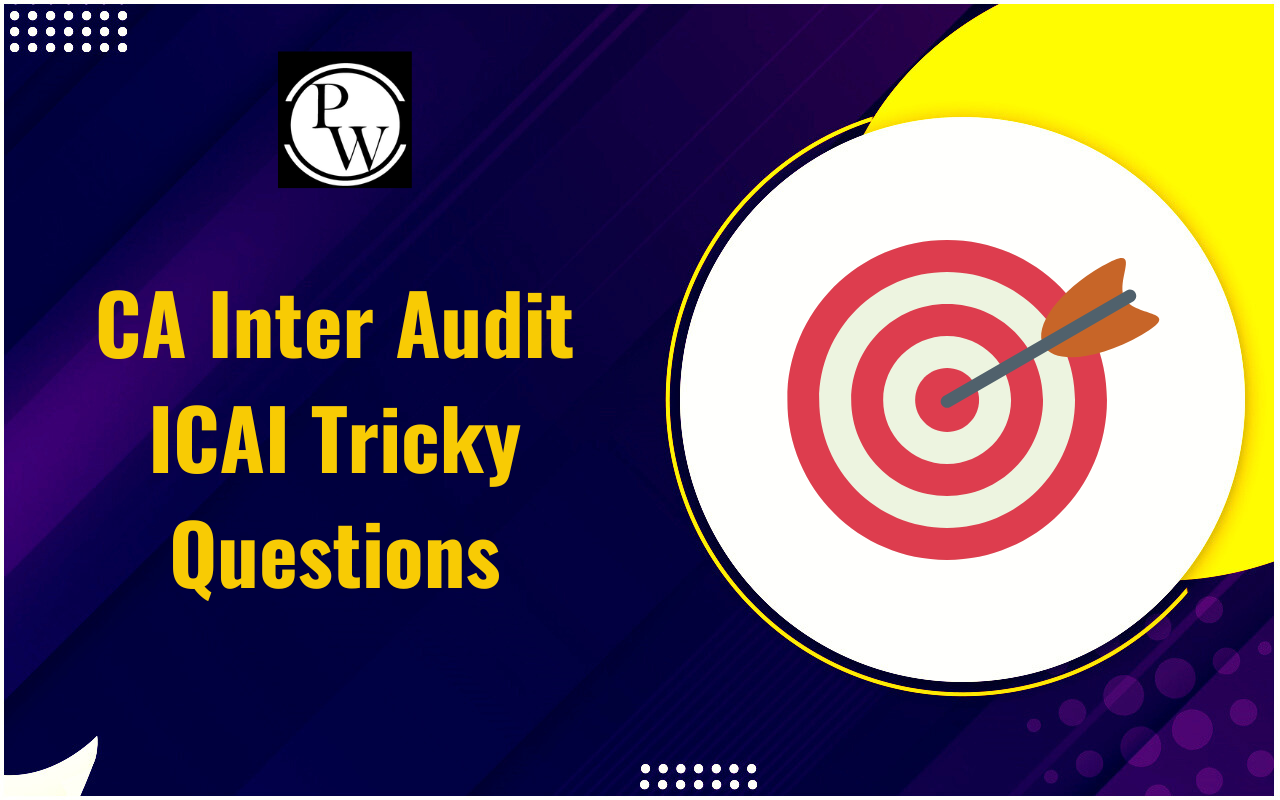
Permutations and combinations are pivotal concepts in business mathematics and play a crucial role in solving real-life problems, especially for aspiring Chartered Accountants (CAs). Whether arranging numbers, creating teams, or solving CA exams , understanding permutations and combinations is essential for success. The good news is, even if you don’t have a strong mathematics background, you can master this topic with ease.
What Is Permutations and Combinations?
Before we jump into the intricacies, let’s understand the basics. Permutation refers to the arrangement of objects in a specific order. The order matters in permutations. For example, arranging books on a shelf or forming different seatings in a classroom involves permutations. On the other hand, combination is the process of selecting objects without worrying about their order. For example, choosing a group of friends for a trip or selecting questions in an exam involves combinations. In simpler terms, combinations are about choosing, while permutations are about arranging. In formulas: Permutation is expressed as nPr, where n is the total number of items, and r is the number of items chosen. Combination is expressed as nCr, where n is the total number of items, and r is the number of items chosen. With a clear understanding of these terms, let’s explore their types and uses.Types of Permutations
Permutations can be categorized based on whether the objects are distinct, identical, or arranged in a circular manner. The following are type and its formula.1. Permutations When All Objects Are Different
When every object is unique, permutations are calculated as follows:- Formula: nPr = n! / (n - r)!
- Here, n! means factorial of n , which is the product of all integers up to n .
2. Permutations When Objects Are Not Different
When some objects are identical, the formula changes to account for repetition. It is given as: n! / (k1! × k2! × ... kn!), where k1, k2, etc., are the counts of identical objects. For example, consider arranging the letters in the word MOM. Here:- M appears twice, and O appears once.
- Total permutations = 3! / (2! × 1!) = 3 .
3. Circular Permutations
When objects are arranged in a circle, the number of permutations reduces because rotations result in identical arrangements. The formula is: (n - 1)! For example, arranging 4 people around a circular table has (4 - 1)! = 3! = 6 arrangements. By understanding these types, you can tackle any permutation-based problem with confidence.Also Check: Difference between Bonus Issue And Right Issue
Types of Combinations
Combinations allow us to focus on selecting objects without any concern for their order. The following are the main types of combinations and understand their applications.1. Combinations When All Objects Are Different
Combinations focus on choosing objects where order does not matter. The formula is: nCr = n! / [r! × (n - r)!] For example, if there are 5 candidates, and we need to select 2 for a team, the number of combinations is: nCr = 5C2 = 5! / (2! × (5 - 2)!) = (5 × 4) / (2 × 1) = 10. Thus, there are 10 ways to choose 2 candidates from 5.2. Combinations with Restrictions
In some cases, combinations are restricted. For example:- Choosing only those objects that meet specific criteria.
- Excluding certain objects from the selection.
3. Combinations Involving Groups
In real-life problems, combinations may involve forming multiple groups. For instance, dividing 10 students into two groups of 5 can be calculated using a modified combination formula. Understanding these variations ensures you can solve any combination-related question, whether in exams or real-world scenarios.Difference Between Permutations and Combinations
While permutations and combinations may sound similar, they have a fundamental difference:| Difference Between Permutations and Combinations | ||
|---|---|---|
| Aspect | Permutation | Combination |
| Order | Matters | Does not matter |
| Formula | nPr = n! / (n - r)! | nCr = n! / [r! × (n - r)!] |
| Example | Arranging books on a shelf | Choosing 3 books from a set of 5 |
How to Master Permutations and Combinations
Mastering permutations and combinations requires a structured approach, consistent practice, and understanding the right formulas. Let’s explore effective methods to excel in this topic.1. Learn the Basics Thoroughly Start by understanding the core concepts of permutations and combinations. Focus on the formulas and their derivations, as they are the foundation for solving problems.
2. Practice with Real-Life Examples Apply the formulas to real-life situations. For example:
- Arranging people in a queue (permutation).
- Forming committees or teams (combination).
- Seating arrangements at events (permutation).
3. Solve Past CA Exam Papers CA exams frequently include questions on permutations and combinations. Practicing previous years’ papers will help you identify the types of questions asked and the best strategies to solve them.
4. Focus on Time Management While solving questions, focus on accuracy and time management. Learn shortcuts for factorial calculations and quickly identify whether a problem requires a permutation or combination approach.
5. Enroll in a Structured Course Sometimes, professional guidance can make all the difference. Joining a well-structured CA preparation course can simplify complex concepts and give you the confidence to tackle tough problems.
In business mathematics, permutations and combinations are indispensable tools for solving real-life and exam-related problems. While permutations focus on arranging objects, combinations are all about selecting them. Both concepts hold significant importance for CA students and require consistent practice for mastery. By understanding their differences, formulas, and applications, you can solve even the trickiest questions effortlessly. If you’re preparing for your CA exams and want expert guidance on topics like permutations and combinations, enroll in PW CA Courses. With structured lessons, expert mentors, and targeted preparation, PW CA Courses are designed to help you crack the CA exam with confidence.Permutations and Combinations</span><span style=
What is the difference between permutation and combination?
How do I know when to use permutation or combination?
Can I understand permutations and combinations without a strong math background?
Are permutations and combinations important for CA exams?










